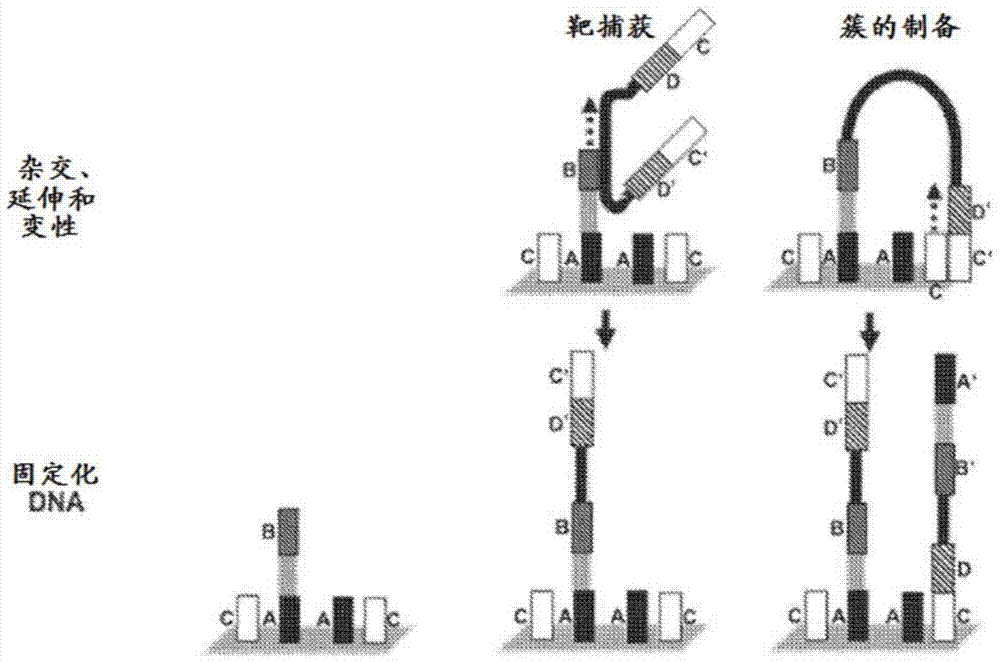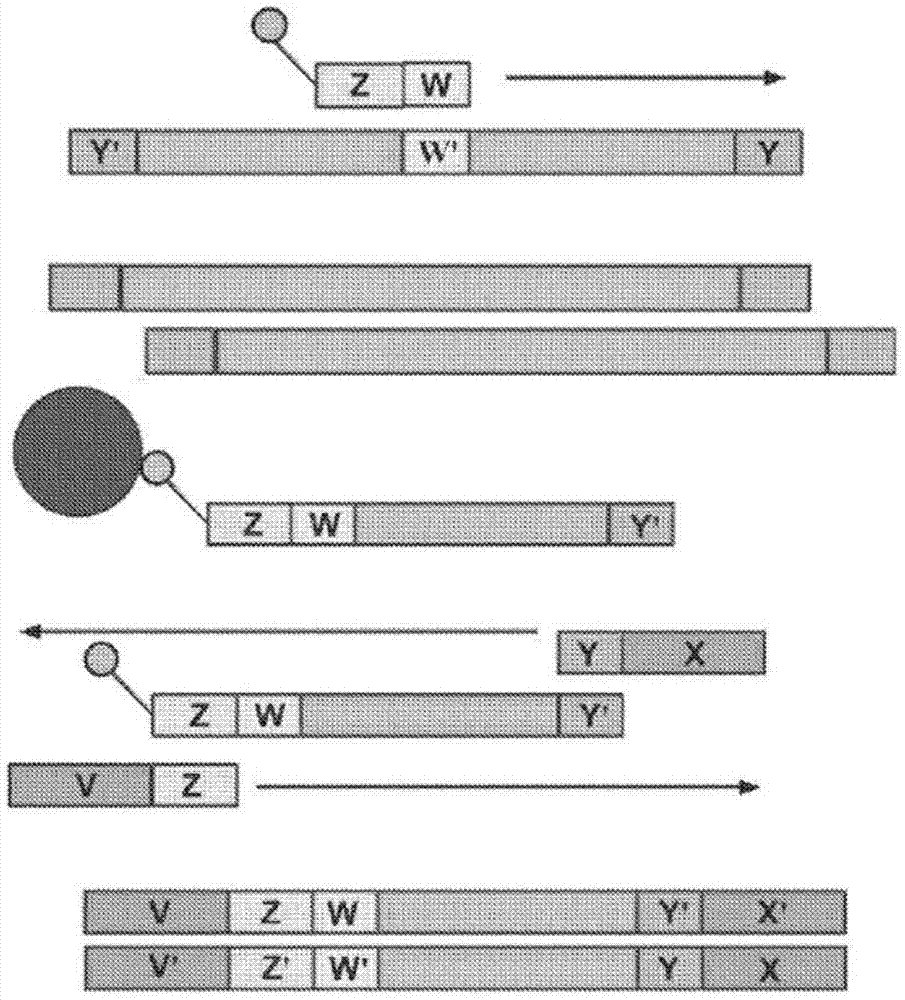System and methods for detecting genetic variation
A sequencing and variant technology, applied in the field of systems and methods for detecting genetic variation, can solve problems such as wasting samples, reducing reliability and repeatability, and low efficiency
- Summary
- Abstract
- Description
- Claims
- Application Information
AI Technical Summary
Problems solved by technology
Method used
Image
Examples
Embodiment 1
[0169] Example 1: Sample Preparation and Sequencing Methods
[0170] Genomic DNA (gDNA) was extracted in a 96-well format, leaving wells A1, G12, and H12 empty (which will later contain a no-template control, respectively, a general Negative standards, and samples containing one of several known causal genetic variants). Transfer 50 μL from each well to the corresponding well of the absorber plate. The absorbance at 260 nm was measured using a Tecan M200 plate reader to calculate the amount of DNA. Transfer 50 μL of gDNA from the absorber plate to an Eppendorf twin.tec plate. Control samples were added to their respective positions on the twin.tec plate. gDNA and controls were fragmented in a SonicMan (Matrical, Spokane WA) sonicator at 10°C according to the following protocol: precool 180 s, cycle 100, sonicate 3.0 s, power 35%, cover cool 1.0 s, plate cool 0 s, Post cooldown of 0 seconds. 2 μL samples were analyzed for fragment size distribution using a Fragment Analyze...
Embodiment 2
[0177] Example 2: Amplification and sequencing methods
[0178] Exemplary methods for amplifying multiple different target polynucleotides are shown in figure 2 with 5 , the main difference is that figure 2 Including a solid phase purification step. Figure 7 Exemplary amplification methods are also illustrated, and figure 2 The method exemplified in differs primarily in that oligonucleotide primer extension is performed prior to adapter ligation rather than after adapter ligation. Amplification may or may not include a solid phase purification step. Image 6 exemplifies Figure 5 Amplification methods shown in , and also exemplary bridge amplification and sequencing methods. Can be Image 6 The amplification methods exemplified in are used in conjunction with any bridge amplification and related sequencing methods.
[0179] First, partial single-stranded adapters are ligated to fragmented polynucleotides. Partial single-stranded adapters have at one end a double-s...
Embodiment 3
[0181] Example 3: Identification of non-subject sequences
[0182] Polynucleotides (eg, DNA and / or RNA) are extracted from a sample from a subject suspected of containing viral and / or bacterial polynucleotides using standard methods known in the art. The sample polynucleotides are fragmented, end modified and tailed (eg in Example 1). An adapter oligonucleotide comprising sequence D is then joined to the sample polynucleotide, which is then amplified using amplification primers comprising sequence C, sequence D and a barcode. The amplified target polynucleotide is hybridized to a plurality of different first oligonucleotides attached to the solid surface. Each first oligonucleotide comprises sequence A and sequence B, wherein sequence B is different for each different first oligonucleotide, is located at the 3' end of each first oligonucleotide, and comprises The sequence of the non-subject sequence or a sequence within 200 nucleotides of the non-subject sequence is compleme...
PUM
 Login to View More
Login to View More Abstract
Description
Claims
Application Information
 Login to View More
Login to View More - R&D
- Intellectual Property
- Life Sciences
- Materials
- Tech Scout
- Unparalleled Data Quality
- Higher Quality Content
- 60% Fewer Hallucinations
Browse by: Latest US Patents, China's latest patents, Technical Efficacy Thesaurus, Application Domain, Technology Topic, Popular Technical Reports.
© 2025 PatSnap. All rights reserved.Legal|Privacy policy|Modern Slavery Act Transparency Statement|Sitemap|About US| Contact US: help@patsnap.com



